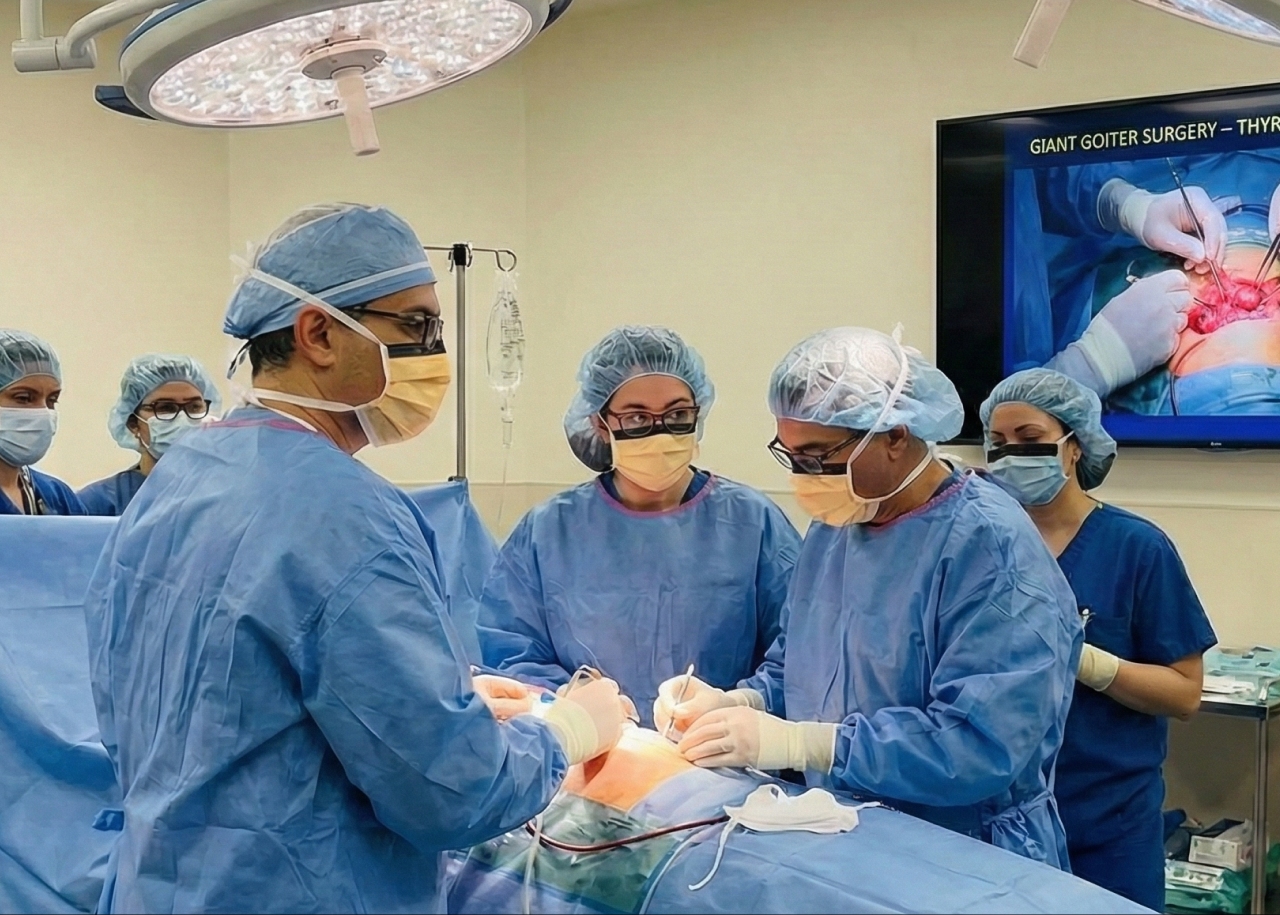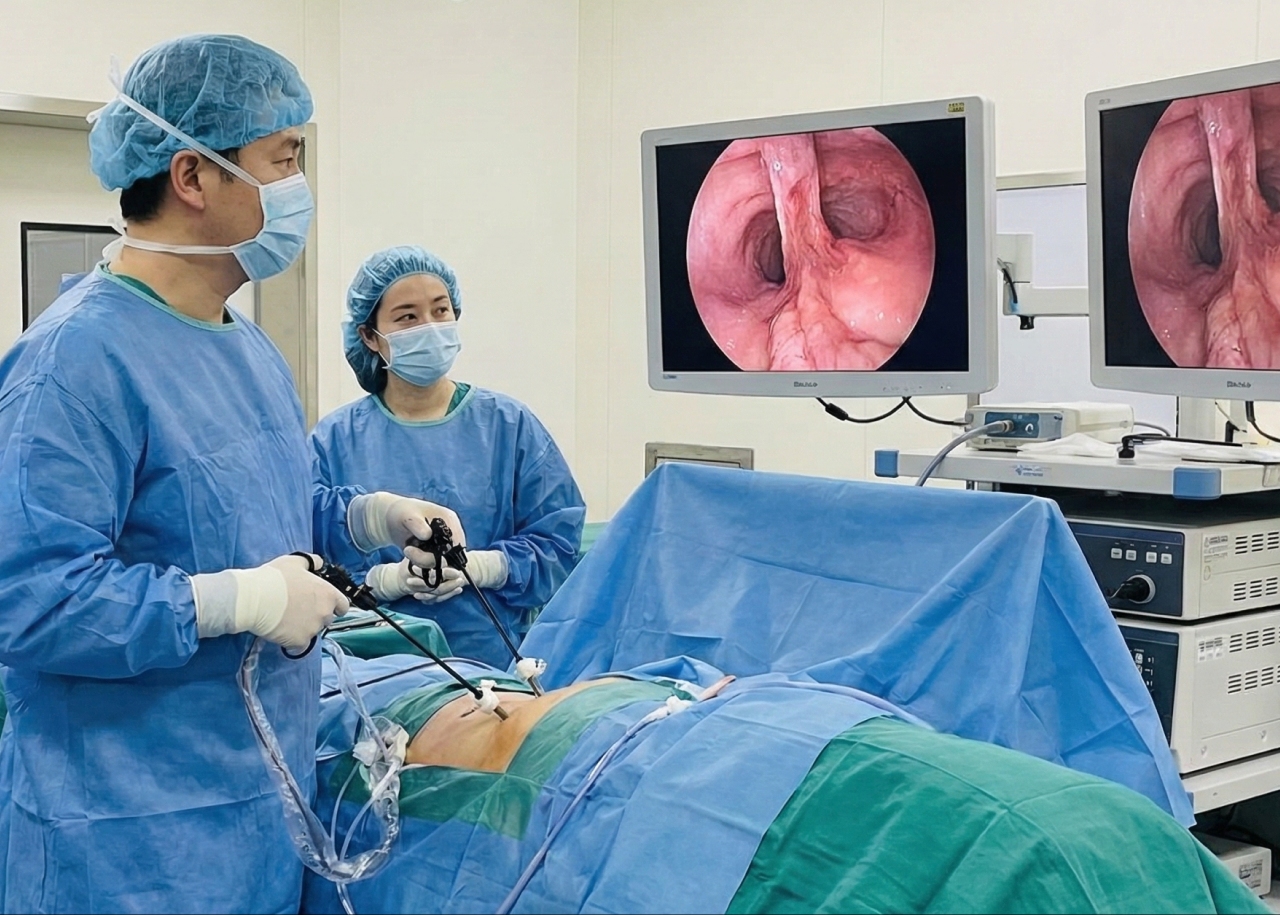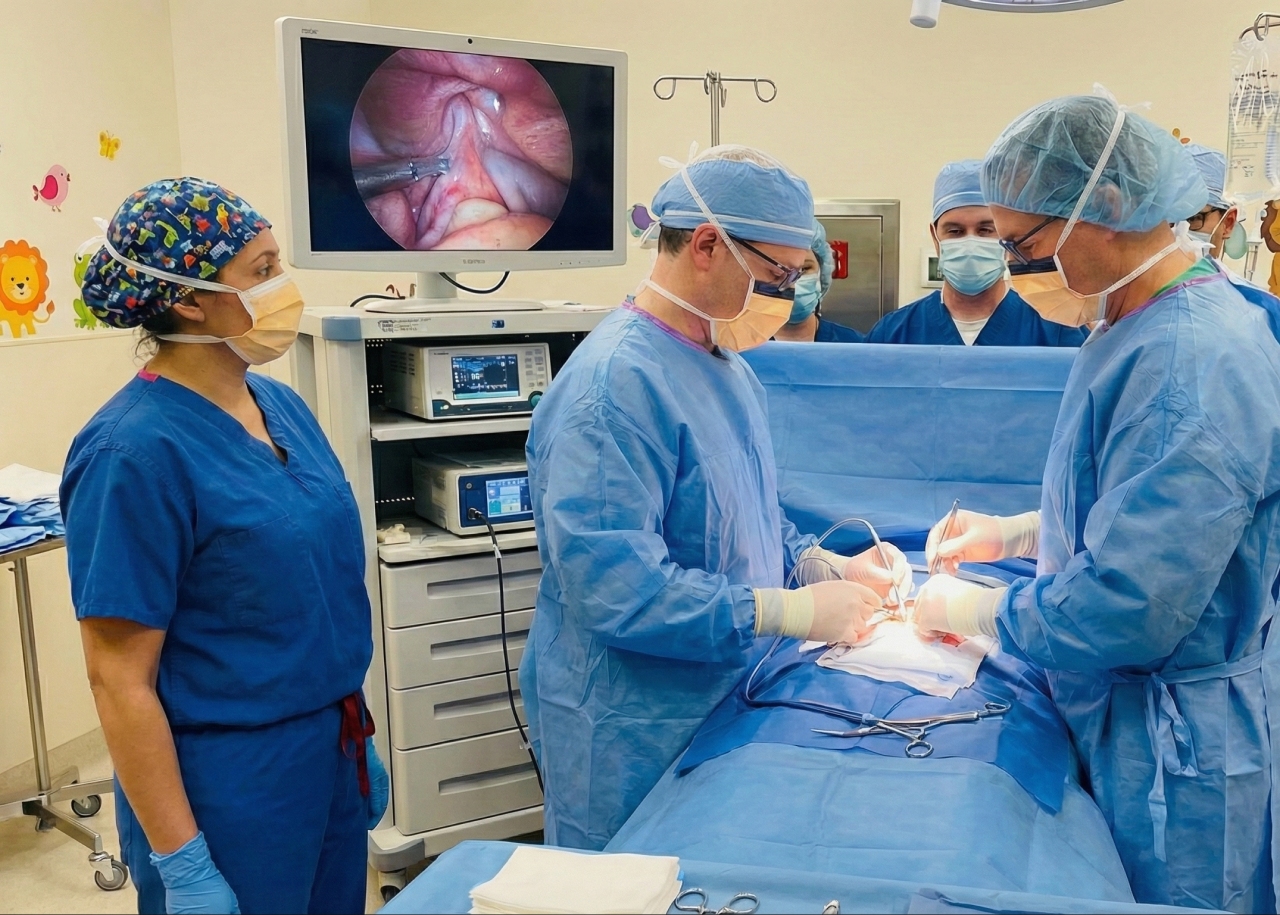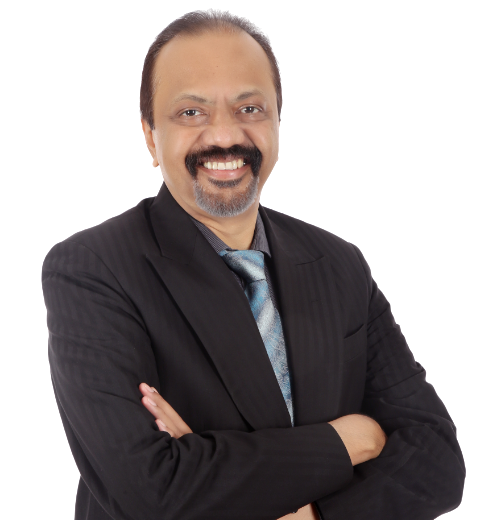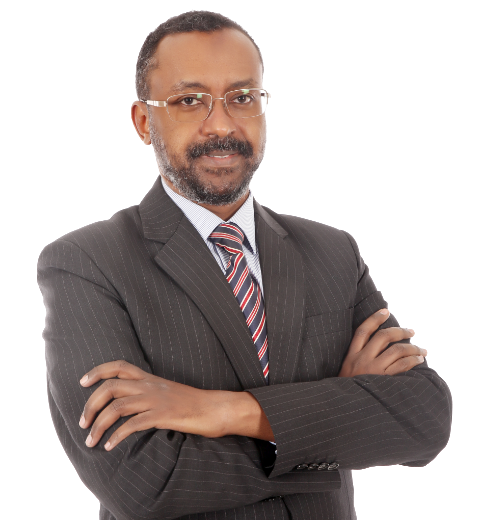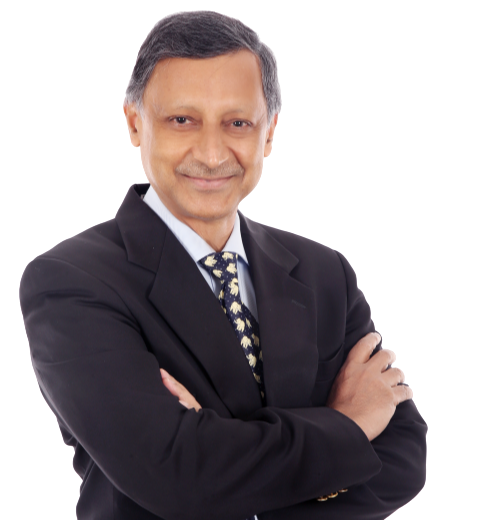For years, he lived with a massive swelling in his neck. It made breathing difficult, caused loud snoring at night, and drew unwanted attention from strangers. Multiple surgeons had refused to operate, citing high risks of nerve damage, voice loss, and permanent hormonal complications. But at Burjeel Hospital’s Thyroid Surgery Center of Excellence, advanced technology and surgical expertise offered hope—and a life-changing result.
4 – 40 – 400: The Numbers That Changed His Life
- 4 centimeters: The tiny incision size
- 40 minutes: Total surgery duration
- 400 grams: Weight of the massive thyroid removed (normal thyroid weighs only 20 grams)
These numbers tell the story of surgical innovation transforming what seemed impossible into routine excellence.
Years of Suffering
The middle-aged patient had endured his condition for years:
- Massive bilateral goiter visible to everyone
- Difficulty breathing, especially at night
- Loud snoring affecting sleep quality
- Self-consciousness and social anxiety
- Strangers constantly asking: “What is that big thing in your neck?”
- Declining confidence and quality of life
Multiple Refusals
Several surgeons in Abu Dhabi had previously declined to operate due to serious risks:
1. Recurrent Laryngeal Nerve Injury
- Controls vocal cords
- Damage causes permanent hoarseness
- Bilateral injury can cause breathing difficulty
- High risk with large goiters
2. Permanent Hypocalcemia
- Parathyroid glands control calcium
- Located near thyroid
- Can be damaged during surgery
- Results in lifelong calcium supplementation
3. Bleeding Complications
- Large goiters are highly vascular
- Major blood vessels in the neck
- Risk of significant hemorrhage
4. Substernal Extension
- Goiter extended down into chest
- Complicates surgical access
- Increases technical difficulty
The Burjeel Solution: Advanced Technology
At Burjeel Hospital’s Thyroid Surgery Center of Excellence (accredited by SCR and Eurocrine), two revolutionary technologies made the impossible possible:
Technology #1: ICG Near-Infrared Fluorescence (Burjeel Protocol)
What it does:
- Special imaging makes parathyroid glands “light up”
- Surgeon can see them clearly during surgery
- Preserves their blood supply
- Prevents post-operative low calcium
Why it matters:
- Traditional surgery relies on visual identification
- Small glands (size of rice grain) easily missed
- Accidental removal or damage common
- ICG fluorescence: 90%+ preservation rate
Burjeel’s Published Protocol:
- Unique methodology developed at Burjeel
- Published in medical literature
- Used as reference by surgeons worldwide
- Proves center’s expertise and innovation
Technology #2: Neural Mapping (Abu Dhabi Protocol)
What it does:
- Real-time monitoring of voice nerves
- Alerts surgeon if nerves at risk
- Allows precise dissection near nerves
- Prevents vocal cord damage
Why it matters:
- Voice nerves run through thyroid gland
- Large goiters distort anatomy
- Traditional surgery: 5-10% nerve injury risk
- Neural mapping: <1% injury rate
Abu Dhabi Protocol:
- Specialized technique developed locally
- Continuous nerve monitoring throughout surgery
- Functional testing before completing operation
- Ensures full vocal cord function
The 40-Minute Miracle
Despite the massive size (400 grams—20 times normal), the entire thyroid was removed in just 40 minutes through a 4cm cosmetic incision.
Surgical Approach:
- Small 4cm horizontal neck incision
- ICG fluorescence activated
- All four parathyroid glands identified and preserved
- Neural monitoring electrodes placed
- Systematic dissection with real-time nerve monitoring
- Substernal component mobilized from chest
- Complete removal with clear margins
- No wound drain required
- Cosmetic closure
Intraoperative Results:
- Zero blood transfusions
- Minimal blood loss
- All parathyroid glands preserved
- Both voice nerves intact
- No complications
Immediate Post-Operative Benefits
Day 1:
- Normal voice
- Normal calcium levels
- No breathing difficulty
- Minimal pain
- Mobilized immediately
Hospital Stay:
- Discharged next day
- No medications required
- Normal diet
- Returned to work within days
Long-Term:
- No hoarseness
- No calcium supplementation needed
- Normal thyroid hormone replacement only
- Minimal scar (4cm line)
- Restored confidence
- Normal quality of life
Understanding Multinodular Goiter
What is a goiter?
- Enlarged thyroid gland
- Can be diffuse or nodular
- May produce normal, high, or low hormone levels
- Grows slowly over years
Symptoms include:
- Visible neck swelling
- Difficulty swallowing
- Breathing problems
- Voice changes
- Snoring and Coughing
- Feeling of pressure
When surgery is needed:
- Large size causing symptoms
- Substernal extension (into chest)
- Suspicious nodules
- Cosmetic concerns
- Failed medical management
Why Traditional Surgery Was Refused
In this case, previous surgeons declined because:
- Massive size: 400 grams (20x normal)
- Bilateral involvement: Both lobes affected
- Substernal extension: Extended into chest
- Vascular distortion: Blood vessels displaced
- Nerve risk: Large goiter distorts nerve anatomy
- Parathyroid risk: Difficult to identify and preserve
The Center of Excellence Difference
Burjeel’s Thyroid Surgery Center offers:
- SCR and Eurocrine accreditation
- Published protocols (ICG, Neural Mapping)
- Subspecialized thyroid surgeons
- Advanced technology platforms
- Minimally invasive approaches
- Superior outcomes
- International reputation
Volume and Experience:
- High-volume center
- Complex cases from across region
- Routine use of advanced technology
- Consistent excellent outcomes
- Continuous innovation
Patient Testimonial Impact
While we respect patient privacy and don’t include direct testimonials here, the transformation was profound:
- Breathing normalized
- Sleep quality improved
- Confidence restored
- Social anxiety eliminated
- Professional life enhanced
- Family life improved
- Gratitude expressed for the skilled care
The Burjeel Thyroid Protocol
Pre-Operative:
- Comprehensive evaluation
- Ultrasound with elastography
- Fine needle aspiration if needed
- Vocal cord assessment
- Calcium and parathyroid hormone baseline
- Detailed counseling
Intraoperative:
- ICG near-infrared fluorescence
- Continuous neural monitoring
- Minimally invasive approach
- Frozen section if indicated
- Meticulous hemostasis
Post-Operative:
- Early calcium monitoring
- Voice assessment
- Same-day or next-day discharge
- Minimal restrictions
- Rapid return to normal activities
Our Experts

Prof. Dr. Iyad Hassan
HOD & Consultant – General, Endocrine & Cancer Surgeon
Burjeel Hospital, Abu Dhabi

Expert Thyroid Surgery
Complex thyroid conditions require specialized expertise and advanced technology. Our Center of Excellence provides comprehensive evaluation and superior surgical outcomes.
